(ECNS) -- The number of wild crested ibises has increased from seven to over 9,000 after 40-odd years of protection.
Liu Yinzeng, 87, a research fellow at the Institute of Zoology of the Chinese Academy of Sciences, rediscovered seven wild crested ibises -- which were thought to be the last remaining specimens in the world in Yangxian County, Shaanxi Province, at the south foot of the Qinling Mountains in 1981.
In June 1981, a temporary protective station for crested ibises was found in Yaojiagou Village, staffed by a team of four young members led by Lu Baozhong.
"We monitor them closely as they foraged. We do this daily” said Lu.
The number of wild crested ibises increased over the next 10 years, which in Lu’s eyes could be attributed to the support of local villagers.
Crested ibises often forage in paddy fields and nest in trees near residential areas. With their increasing number, Yangxian County started raising awareness among local villagers.
With protection, artificial breeding and disease prevention efforts much improved between 1991 and 2000, the number of crested ibises in China exceeded 100 in the period.
In 2000, the International Union for Conservation of Nature (IUCN) downgraded the level threat faced by the crested ibis from extremely endangered to endangered.
As the ibis populations grew, China shifted its focus to habitat protection.
As early as 1981, Yangxian County issued regulations including the prohibition of logging and the use of pesticides and fertilizers in order to protect the crested ibis. In order to protect local farmers’ interests, the IUCN, local protection stations and agricultural enterprises launched a green rice project, hoping to make up for the reduction of total output by raising the price.
China started captive breeding of the crested ibis in 1981 while further boosting habitat protection. In the 1980s, the Beijing Zoo established the first artificial population of crested ibises in China and in 1990, the first artificially hatched crested ibis was born at the zoo.
As of the end of 2020, China had set up a number of artificial breeding bases for crested ibises in Shaanxi, Henan, Zhejiang and elsewhere. It has also helped recover the species in Japan and South Korea through donating crested ibises and providing technologies.
At the beginning of the 21st century, China began to explore the technical means of releasing crested ibises in the wild, hoping to recover their population in areas they had previously inhabited.
According to the data provided by Deqing County, Zhejiang Province, the local wild crested ibis population reached 287 in 2022 and those released into the wild had reproduced steadily.
In addition to recovering the southern population, migratory numbers were also boosted by releasing crested ibises on the eastern coast.
In 2018, Chinese scientists conducted a food conversion experiment on the artificial crested ibis population in Beidaihe in Qinhuangdao City, Hebei Province, which proved that crested ibises can feed on 20 to 50 percent of coastal organisms independently, indicating that the bird can get rid of its absolute dependence on rice fields and freshwater wetlands. The experiment laid a scientific basis for expanding the distribution area of crested ibises along the eastern coast.
"If they can forage on the seashore, we will try to release them in northern coastal areas, too, such as Beidaihe or even Liaoning Province, or further north, so that they can fly south along the beach,” said Ding Changqing, a professor from Beijing Forestry University.
Experts said that once the ecological functions of migratory and non-migratory populations are restored, the species will be more adaptable to climate and environmental changes, thus enabling them to get rid of their endangered status, as well as providing a Chinese solution to world’s endangered species protection.








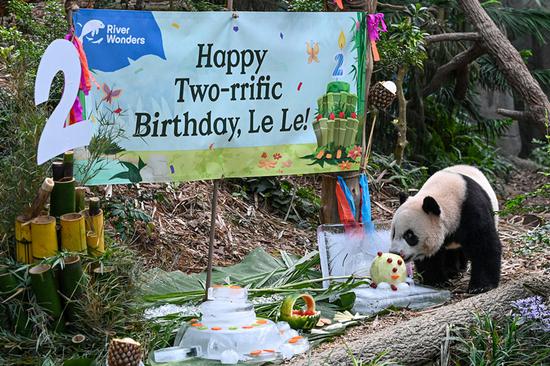

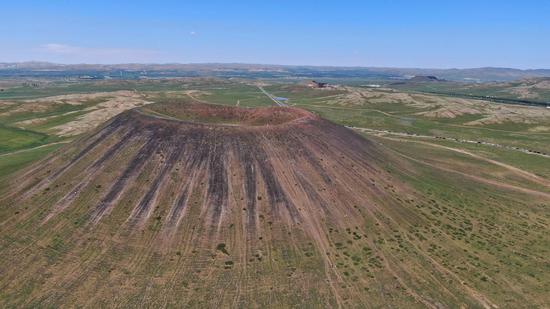
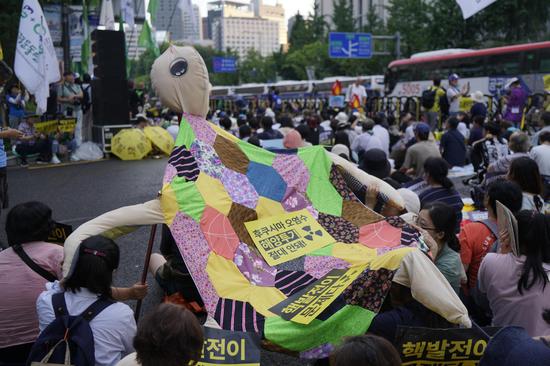









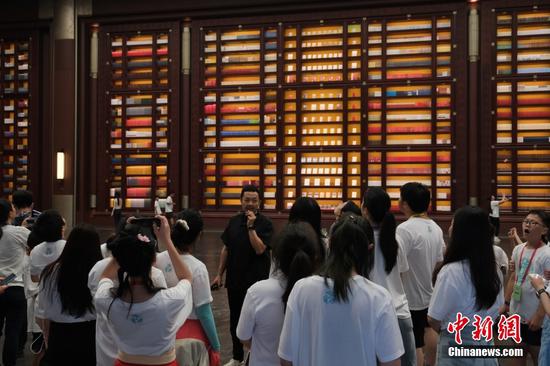

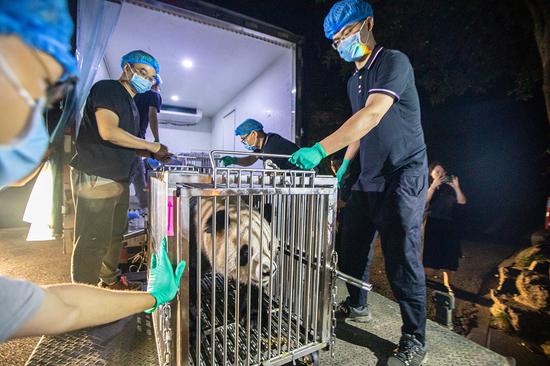


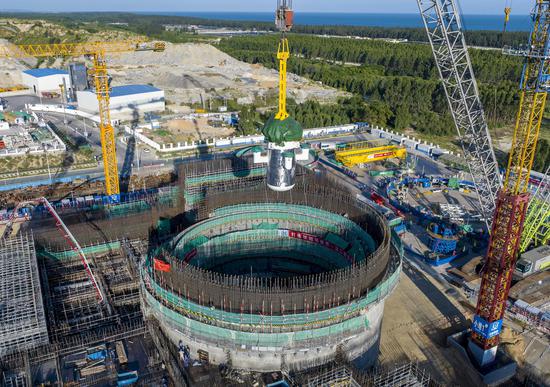
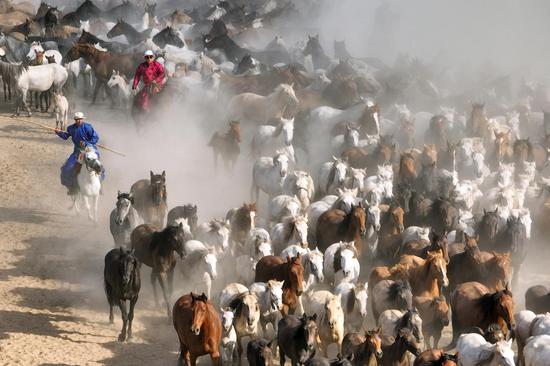


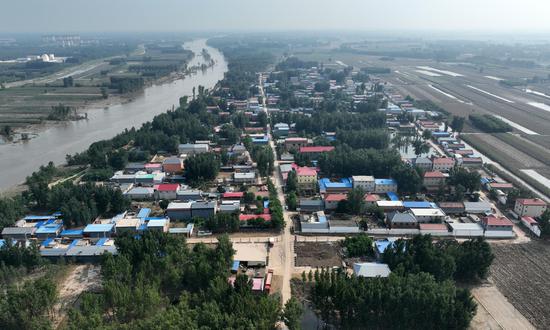


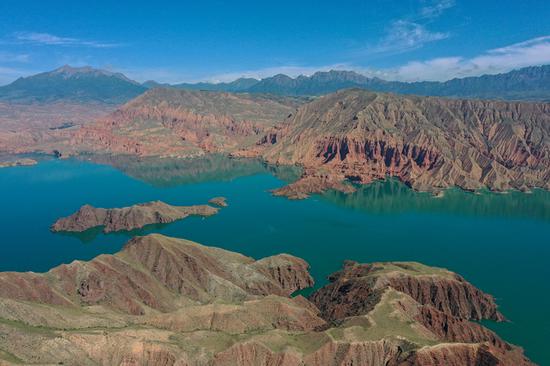



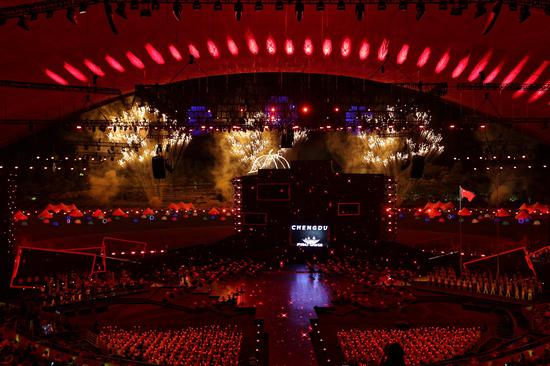

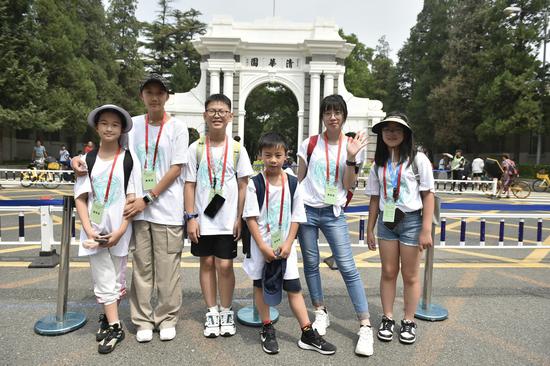



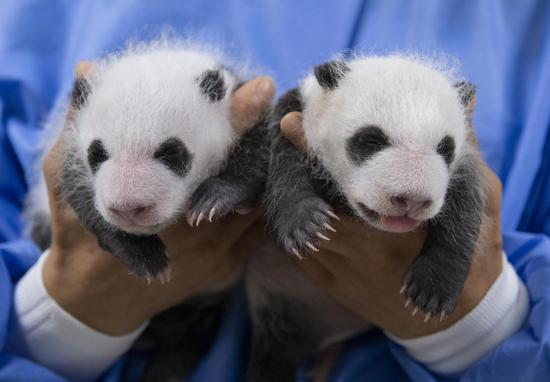


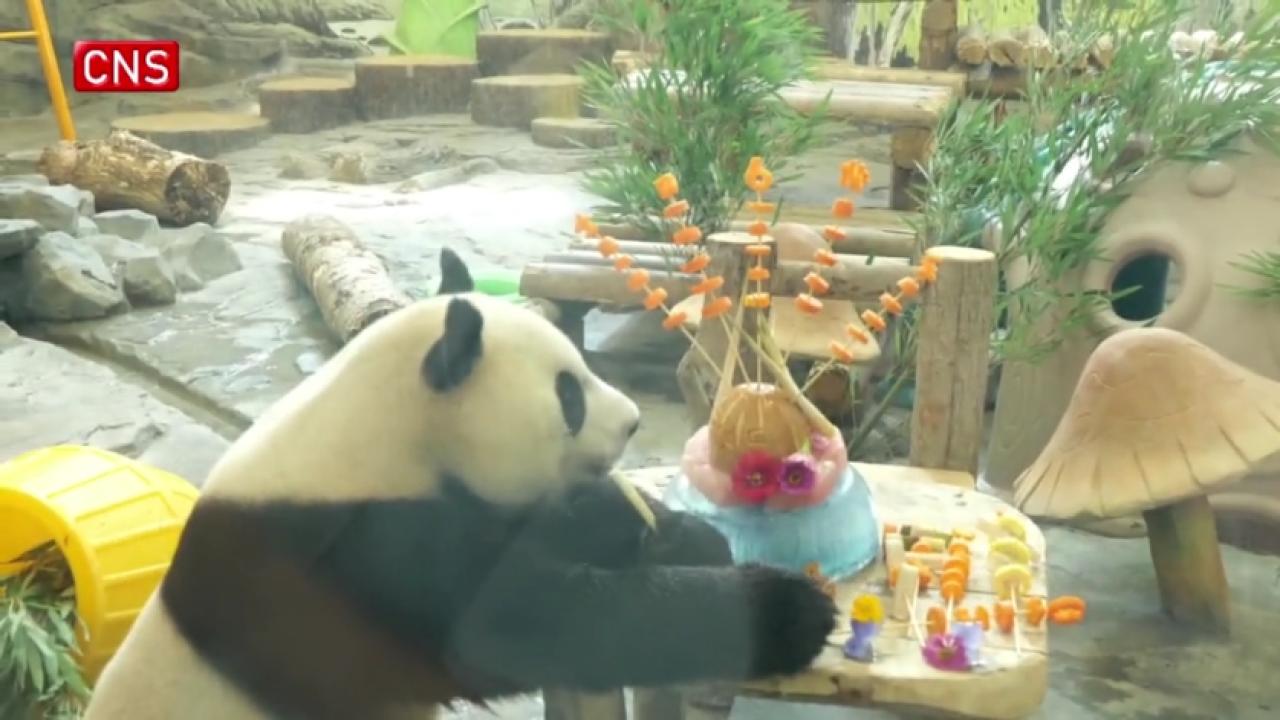



 京公网安备 11010202009201号
京公网安备 11010202009201号